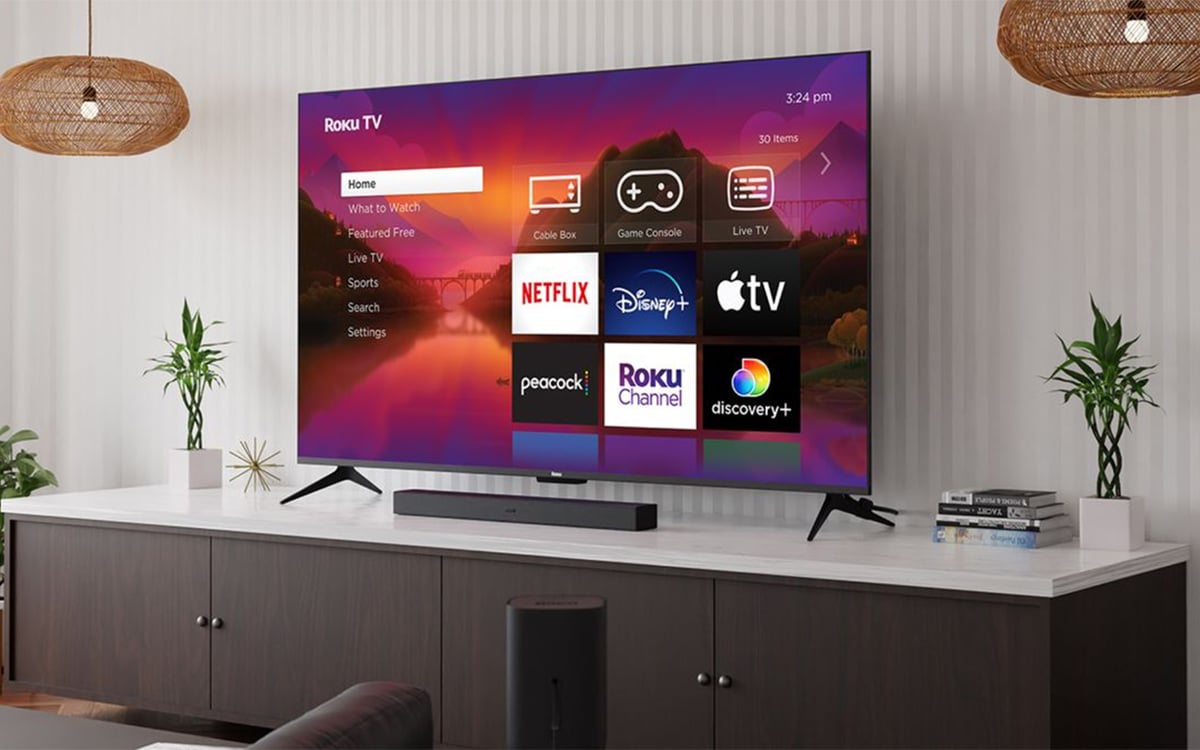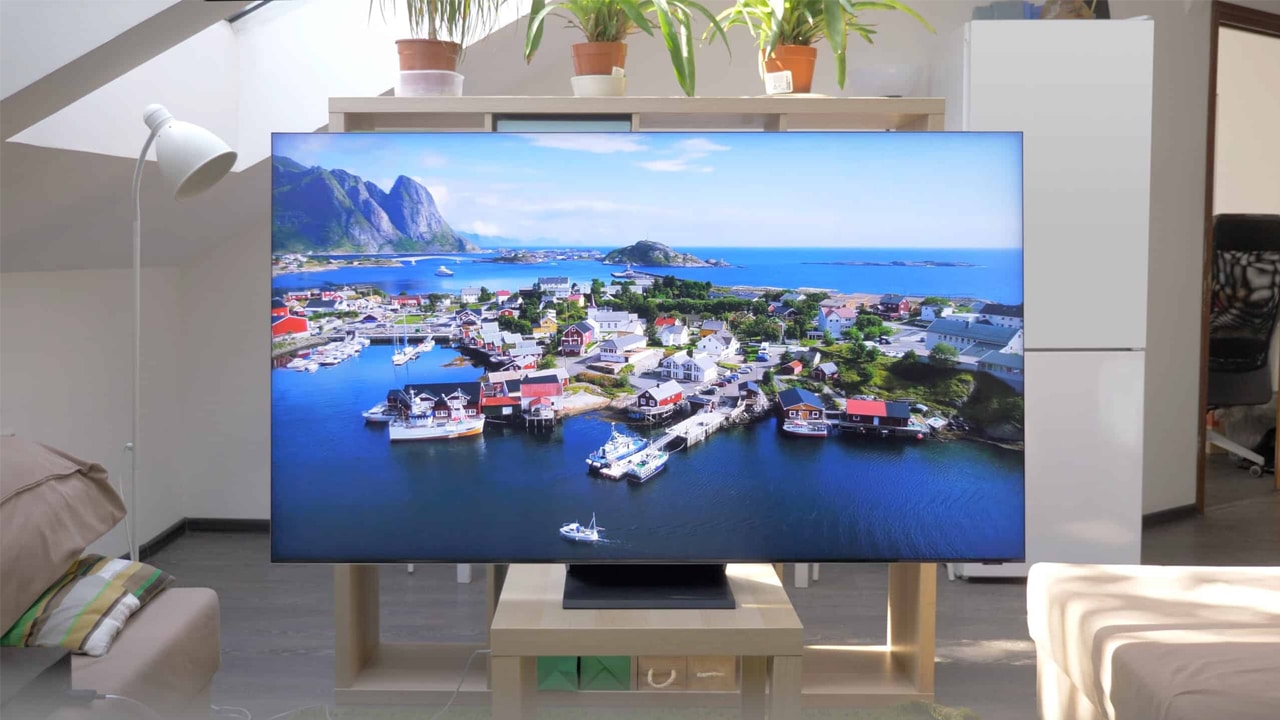Many TV manufacturers have taken great strides towards improving the energy efficiency of their products, so that you can stream to your heart’s content, without using up tons of electricity! But you might wonder which smart TVs really stand out as the best of the best. Which smart TVs offer the most efficiency, and use the least power?
In this article, we’ll take a look at the energy efficiency of smart TVs, so you can choose one that keeps your bills down!
Which Smart TV Uses The Least Power?
It’s difficult to pick just one TV that offers the greatest efficiency. In recent years, many of the world’s leading TV manufacturers have sought to introduce features that reduce energy usage in their smart TVs.
Many smart TVs come with “Eco” or “Energy saving” modes that can be activated through the system settings. These modes can be found in Samsung, LG, Philips, and even TCL TVs. To help lower energy consumption, these modes will automatically adjust certain presets in the TV. This can include lowering the brightness and turning off post-processing effects that improve image quality.
If you’re looking for a smart TV that uses less power, and saves you money, you’ll want to look out for one that features some kind of “Eco” or “Energy saving” mode.
While looking through your options, make sure to also take a look at each TV’s unique energy rating. The energy rating label found on all home appliances ranks products on a scale from “A” to “G”, based on how efficient they are. The closer to “A”, a smart TV is, the more efficient it is, and the less power it uses. You’d have a very tough time finding a smart TV that squarely ranks as an “A”, but smart TVs with an “E” or “D” ranking are considered to be the most efficient.
Smart TVs are always being improved, and new models are always on the horizon. It’s likely that with each coming year, manufacturers will find ways to make TVs even more efficient. For the time being, if you’re looking for a smart TV that uses the least power, you’ll want to look for one that offers great power-saving features and has a strong energy rating.
What Factors Can Affect The Energy Consumption Of A Smart TV?
If you’re in the market for a truly efficient smart TV, then there are a few factors that you should be sure to note. Let’s take a look at these factors now!
Screen Size
It almost goes without saying that the larger the screen of your TV is, the more electricity it will consume. In order to generate images that spread across the entire length of a 98-inch TV screen, more power is needed. As well as this, more power will also be needed to create enough light to project those images out!
Bigger TVs will naturally use up more power. If you’re hoping to cut down on energy usage, then you may want to choose a TV with a much smaller screen size.
If you’re hoping to cut down on energy usage across the home, then sacrificing screen size could be a solid option. You don’t have to go much smaller, but cutting a few inches could save you a little bit extra!

Display Type
As you’re looking through smart TVs, you’ll naturally have to consider the display type you want to opt for. These different display types use different amounts of electricity. Luckily, two of the most popular display types, OLED and LED TVs are actually far more efficient than many TVs of the past.
If you’re really looking for a reduction in energy usage, then an OLED TV is the best choice. OLED TVs make use of self-illuminating pixels. Each pixel provides its own light and can turn on and off to produce greater contrast. Because individual pixels can turn off as needed, this means that OLED TVs end up using much less power in the long run.
Brightness
Some TVs feature truly immense brightness levels that make it much easier to keep up with all of the on-screen action. However, greater brightness levels naturally result in more energy consumption. Luckily, smart TVs will allow you to easily adjust brightness levels with just a few menu toggles. We’d recommend keeping the brightness down wherever possible. It’s not only beneficial for the environment, but keeps your eyes from straining!
Frequently Asked Questions
Which Smart TV Uses Least Power?
If you’re looking for a smart TV that uses less power, you’ll want to look for one with a greater energy rating. While it’s highly unlikely you’d find a model with an “A” ranking, smart TVs with a ranking of “D” or “E” are considered to be the most efficient.
Do OLED TVs Use More Power?
It’s difficult to say for certain whether OLED TVs always use more power. It ultimately depends on the kind of content you’re watching and the brightness level of the TV. In some instances, OLED TVs can actually be more efficient. OLED pixels provide their own light. When they turn off, they naturally use no energy. This means that darker images will use less electricity.
Does OLED Or QLED Use More Power?
QLED TVs tend to use a lot more energy than OLED TVs. QLED TVs need a backlight in order to project an image out. These LED backlights can be heavy energy consumers. OLED TVs provide light through self-illuminating pixels, which can be turned off as needed. This means OLED TVs use less energy overall.







0 Comments